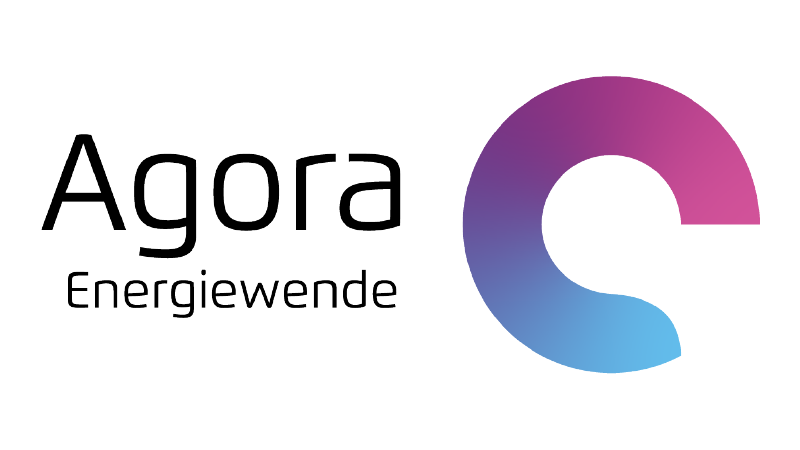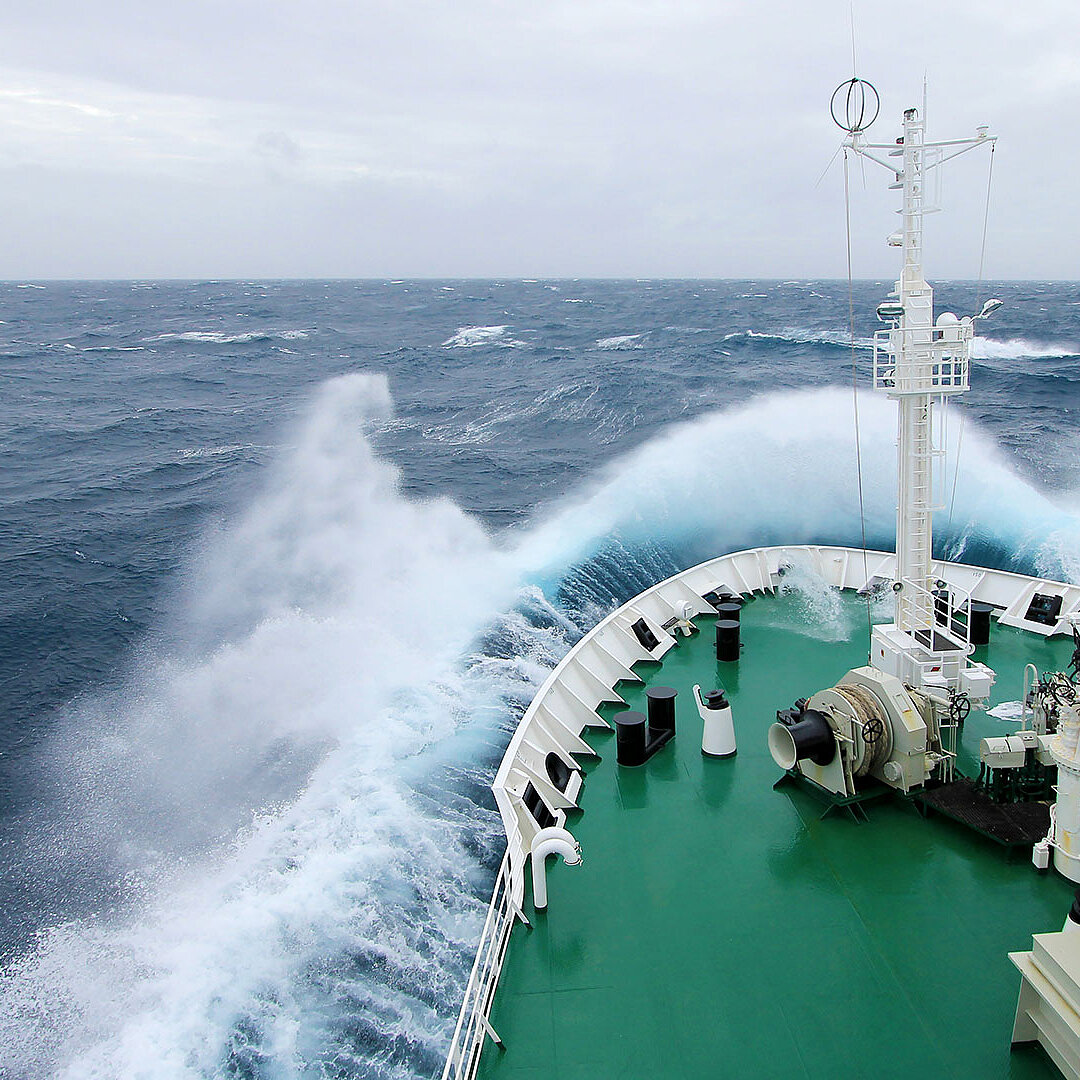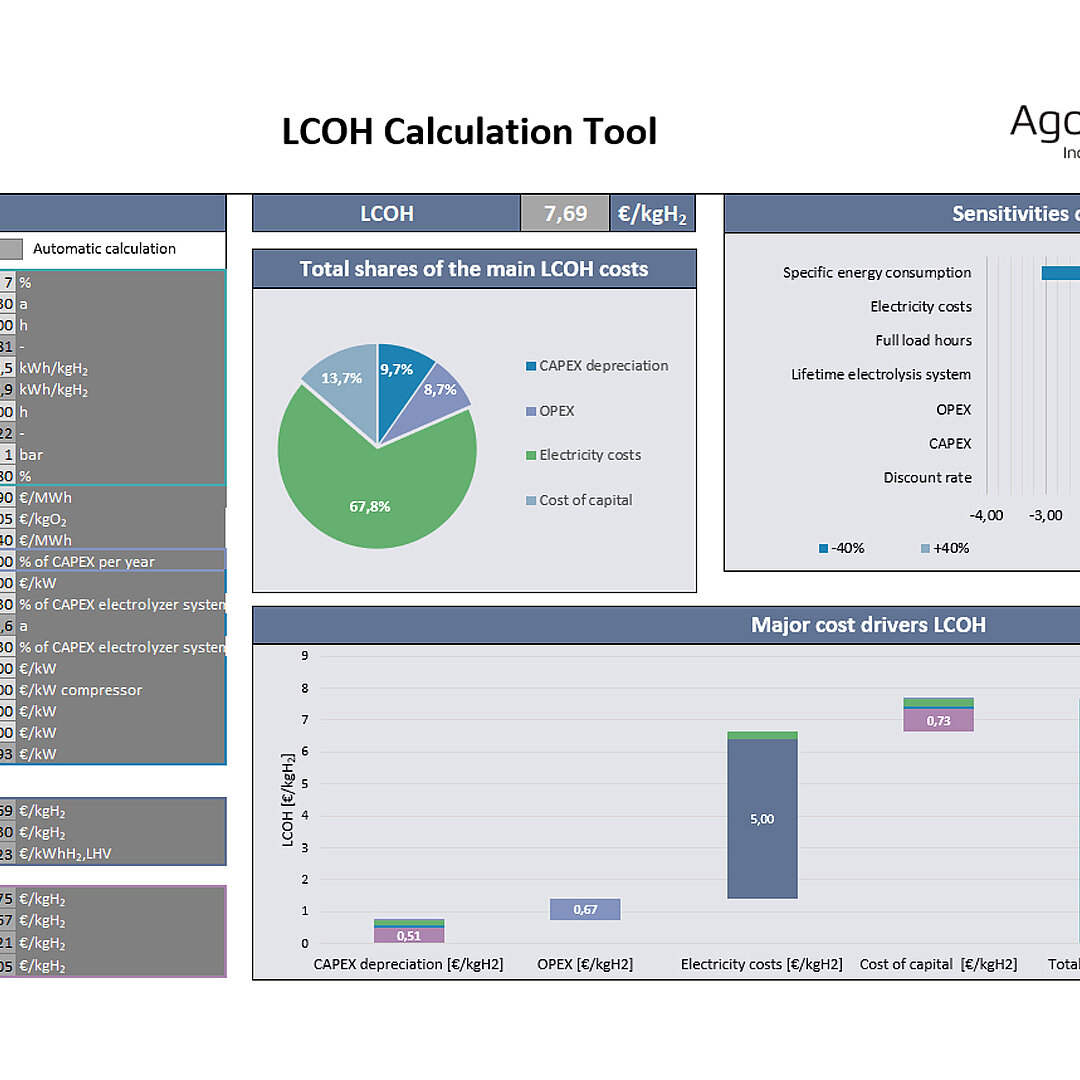- Authors
- Florian Nigbur, Martin Robinius, Patrick Wienert (all Umlaut); Matthias Deutsch (Agora Energiewende)
- Publication number
- 301/05-I-2023/EN
- Version number
- 1.1
- Publication date
-
5 July 2023
- Last revision
-
19. JUL 2023
- Pages
- 32
- Suggested Citation
- Agora Industry and Umlaut (2023): Levelised cost of hydrogen. Making the application of the LCOH concept more consistent and more useful.
- Project
- This publication was produced within the framework of the project Trans4Real.
Levelised cost of hydrogen
Making the application of the LCOH concept more consistent and more useful
Preface
The EU is raising its ambition for renewables-based hydrogen, and the regulatory framework required is taking shape. A long pipeline of green hydrogen projects awaiting final investment decisions can finally be opened. Meanwhile, China keeps increasing its cost advantage in electrolyser manufacturing, and the US Inflation Reduction Act, which includes a highly competitive package of incentives for hydrogen production in North America, has significantly increased the pressure on the EU. Against this background, the EU is intensifying efforts to develop production support schemes for renewables-based hydrogen in the context of the new Hydrogen Bank it has announced.
Numerous studies are now published every month containing estimates for the levelised cost of hydrogen (LCOH) production. They provide policymakers with the techno-economic basis on which to make their decisions and to design appropriate support schemes. But are the costs calculated consistently across these studies? How are system boundaries drawn? Which cost drivers are important, and which can be omitted?
This publication sheds light on why the LCOH differs both between individual studies and between studies and real-world projects and provides recommendations for improving the application of the concept based on sensible simplifications that enable LCOH comparisons.
Bibliographical data
Downloads
-
pdf 1 MB
Levelised cost of hydrogen
Making the application of the LCOH concept more consistent and more useful
All figures in this publication
Full-load hours of domestic electrolysis in energy system scenarios for Germany
Figure A from Levelised cost of hydrogen on page 6

From simple levelised cost of hydrogen to hydrogen prices
Figure B from Levelised cost of hydrogen on page 7















